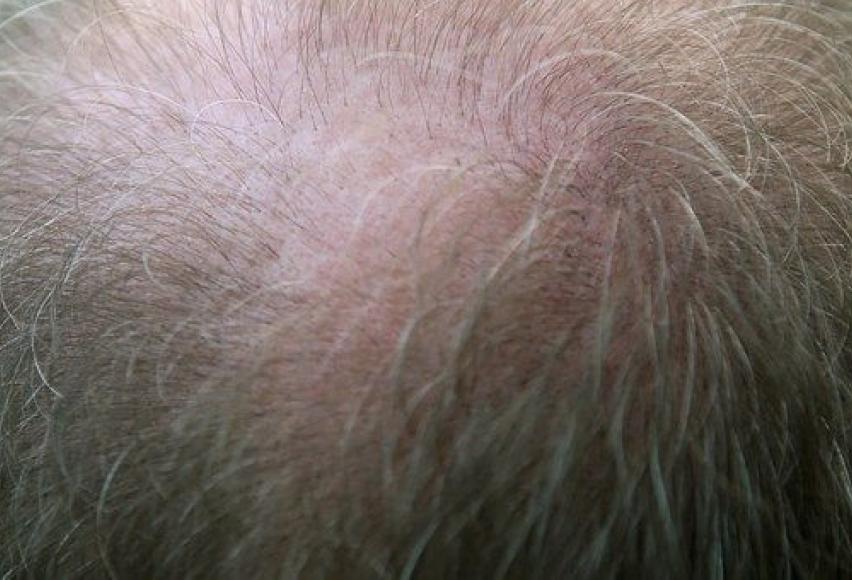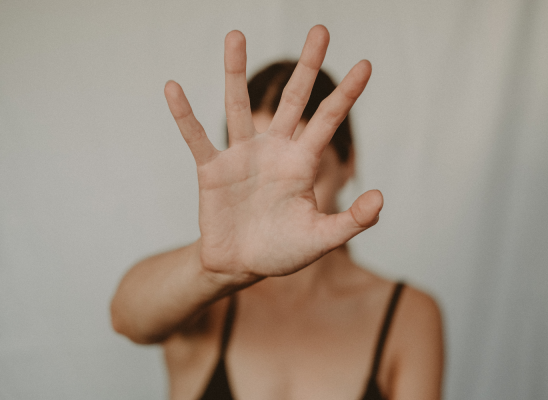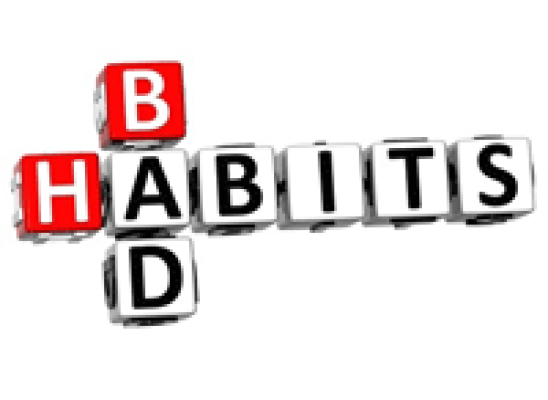Does pulled out hair grow back?

Online test
Find out the severity of your symptoms with this free online test
One of the most common questions that people have involving the compulsive hair pulling disorder known as trichotillomania is “does pulling hair cause hair loss and permanent baldness?” The answer to the question has a lot to do with the severity of the problem and the point at which you seek treatment.
The repeated pulling out of hair has been shown to damage the hair follicles. Because trichotillomania causes repetitive hair pulling, it can often lead to damaged follicles. If enough hair is pulled out, these damaged hair follicles can affect hair regrowth. Much of the time the hair grows more slowly, more sparsely, or in a different way. For example, regrown hair is often coarser and kinkier than normal. Hair follicles damaged from trichotillomania often grow back as gray or white hair, even when it wasn’t before. Unfortunately, trichotillomania is a disorder that often cycles on itself. When hair regrows coarser than normal or in a different color, the desire to pull is even stronger.
Some people experience little to no permanent hair loss or baldness after quitting hair pulling entirely. Their hair grows back as normal and in all the normal spots of the head. On the other hand, some people, with similar pulling habits and length of time with the disorder, experience near-permanent hair loss upon quitting hair pulling. Their hair grows back much more slowly or not at all, akin to hair loss in old age .Permanent baldness is uncommon in those with trichotillomania. More often than not, some small amount of permanent hair loss is suffered in terms of overall regrowth.
How long will it take before the hair grows back?
Hair grows out of a bulb-like root, connected to and fed by hair follicles. Follicles are located approximately 1/8 inch below the surface of the skin. The average rate of hair growth is 1/2 an inch per month. Your hair growth may be a little faster, or slower, than average. It all depends on genetics. However, most people's hair grows close enough to the 1/2 inch per month as to be indistinguishable in difference. As for the patch of your hair that was pulled out: If the follicles were damaged they could still heal, but that will take extra time.

Is there any medication that can be used to repair Follicles?
This depends largely on the extent of the damage to the follicles. Some cases of follicle damage result in the follicles recovering on their own and once again producing hair once they are fully healed, while at other times the damage is so extensive that the follicles are scarred and won’t ever recover.
As for helping the healing process, there are the general principles of keeping the area clean and protected (avoid clogging the skin with hair product or cosmetics if possible). Other than that, you will really need to see a medical specialist for more information on possible treatments and an assessment of hair loss.
Online test
Find out the severity of your symptoms with this free online test
Start your journey with TrichStop
Take control of your life and find freedom from hair pulling through professional therapy and evidence-based behavioral techniques.
Start Now



